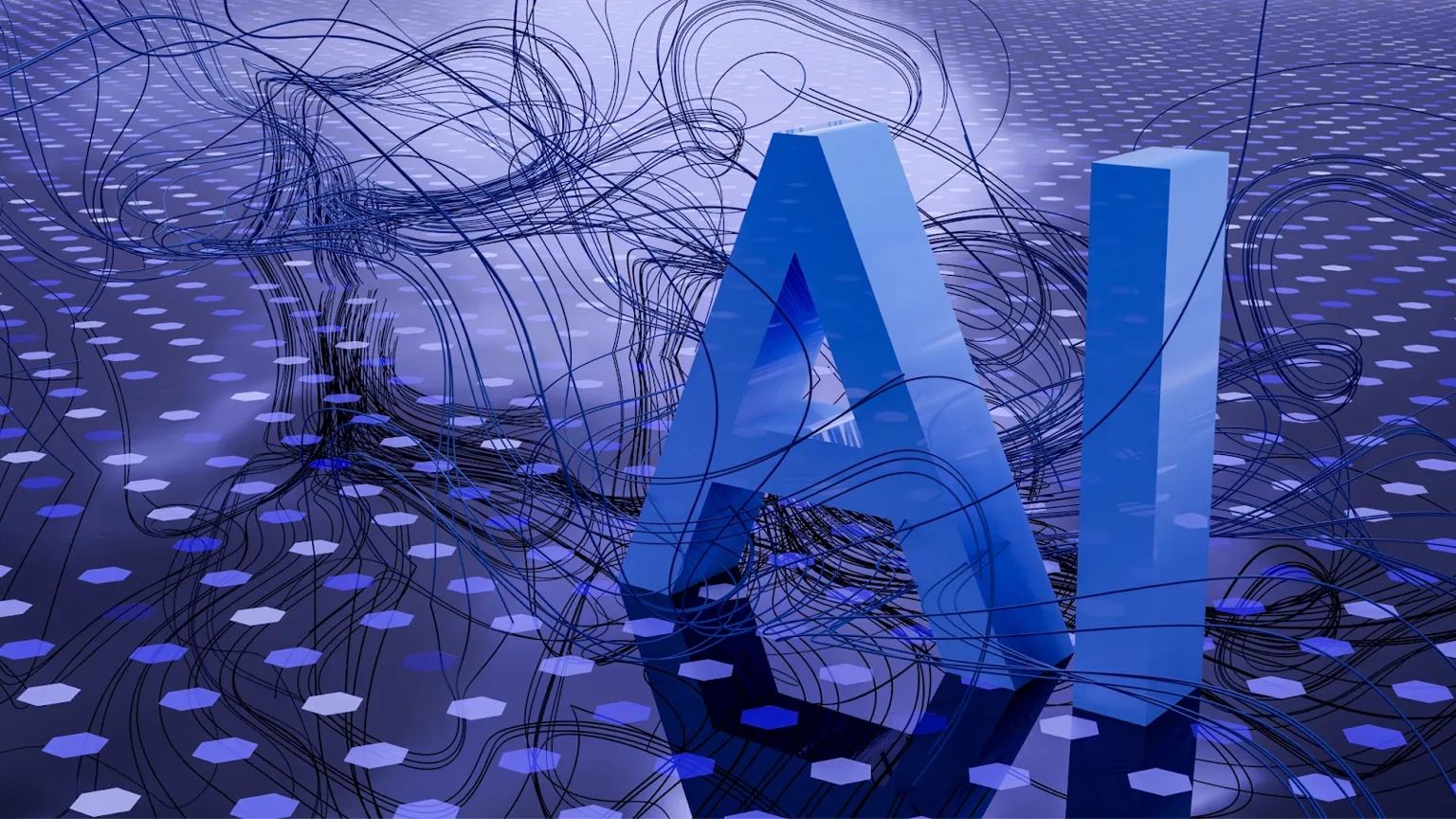Cinema’s Next Frontier: Generative AI as Script Partner
AI transforms Hollywood scriptwriting—boosting creativity while raising ethical questions. Explore how AI aids storytelling without replacing human vision.

Behind the scenes, generative neural networks have permeated Hollywood’s scriptwriting workflow, upending the conventional writer’s room dynamic. These sophisticated algorithms analyze genre conventions, audience preferences, and narrative structures simultaneously, mining decades of film history in seconds. Studios deploy them to streamline ideation, reduce development costs, and explore a wider variety of story concepts without overburdening human teams. Trailblazing teams note that AI-generated ideas can pull writers out of creative slumps by revealing surprising character drives and fresh thematic trajectories.
The Secret Sauce: Social Media Proxy and Script Security
Studios known for guarding plot secrets now employ a Social media proxy to share exclusive content with influencers under strict NDAs. In a similar fashion, AI-driven script tools operate behind secure firewalls, drafting character interactions and scene outlines that adhere to franchise tone without risking public leaks. This dual approach offers speed and confidentiality, though it blurs the authorship line and forces writers to constantly calibrate machine suggestions against their own creative instincts. The result is a fast-paced iteration cycle where confidentiality and innovation coexist, yet demand rigorous oversight.
Enhancing Creative Workflows
Many writers view AI as an idea catalyst that complements brainstorming sessions rather than replacing them. By feeding concise prompts — covering setting, mood, character motivations, and even soundtrack suggestions — into neural engines, they receive multiple drafts and structural options in minutes. Typical benefits include:
Rapid generation of varied scene outlines, accelerating plot development phases and enabling rapid prototyping of story beats
Data-informed insights into thematic resonance, guiding emotional pacing and helping writers predict audience reactions
By automating continuity verification and layout formatting, writers gain the bandwidth to hone their story’s nuances and infuse it with their unique creative flair.
Such efficiencies enable creative teams to iterate faster, preserve room for genuine innovation, and maintain momentum through tight production schedules.
Navigating Storytelling Pitfalls
Yet algorithmic assistance carries risks when overutilized. Neural models trained on top-grossing scripts often revert to familiar tropes and conventional plot structures, which can inhibit genuine originality. The main concerns are:
Recycled clichés, which can erode audience engagement over time and lead to fatigue
Flat character arcs, as machines struggle to capture nuanced emotional growth and complex psychological motivations
To counteract these tendencies, writers must treat AI outputs as provisional sketches — subjecting them to thorough human revision, cultural vetting, and context-driven rewriting that infuses authentic voice and lived experience.
Ethical and Legal Quagmires
Beyond creative challenges, studios confront complex questions of ownership and responsibility. When an AI generates a pivotal scene, debates arise over whether the prompt engineer, the screenwriter, or the technology vendor holds copyright. Moreover, if the algorithm unintentionally mirrors protected dialogue or distinctive plot structures from existing films, legal liabilities could derail production timelines. Industry guilds and legal experts are actively drafting policies to clarify credit, royalties, permissible training data, and liability insurance requirements — yet consensus remains elusive in a field moving at breakneck speed.
Preserving the Human Touch
Veteran screenwriters emphasize the necessity of human oversight at every stage. After generating algorithmic drafts, teams conduct intensive editing sprints — fact-checking cultural references, injecting personal anecdotes, and fine-tuning emotional beats that make characters relatable. They also convene joint editorial workshops to scrutinize whether the AI-proposed plot developments truly deepen the story’s central themes. This iterative process ensures that AI suggestions serve as sparks rather than substitutes for human creativity, maintaining the authenticity and depth that audiences expect from cinematic art.
A Glimpse at Tomorrow’s Hybrid Process
Looking ahead, Hollywood may adopt tiered development models in which junior writers feed outlines into AI engines, and senior writers refine the most promising results. In this hybrid workflow, machines handle technical tasks — such as continuity mapping, metadata tagging, and basic character profiling — while humans focus on dialogue nuance, dramatic tension, and directorial vision. Emerging tools promise real-time collaborative interfaces where human and algorithmic inputs coevolve, offering dynamic visual storyboards and probabilistic audience feedback to guide script adjustments before cameras ever roll.
Conclusion: Striking the Right Balance
Generative AI stands at a crossroads in cinema’s evolution. It offers unparalleled potential to break creative deadlocks, accelerate early drafting phases, and democratize access to storytelling tools. Yet it also threatens to homogenize content, dilute emotional resonance, and obscure the human artistry that defines truly memorable films. The future of Hollywood depends on how wisely studios integrate these tools — ensuring that technology amplifies rather than eclipses the spark of human imagination. By establishing clear ethical guidelines, rigorous editorial checkpoints, and transparent crediting practices, the industry can harness AI’s power while safeguarding cinema’s soul. Only then can filmmakers craft the next classic — a collaboration between human vision and algorithmic innovation.
Last updated
Was this helpful?